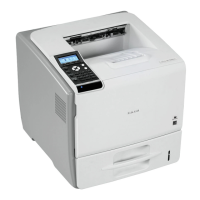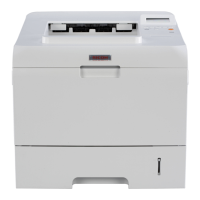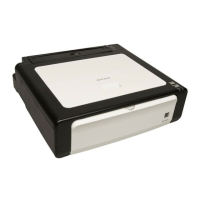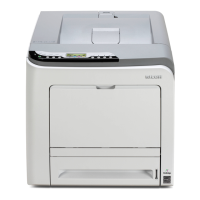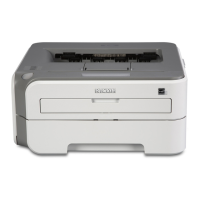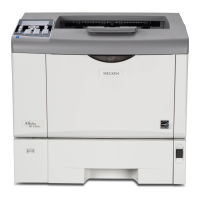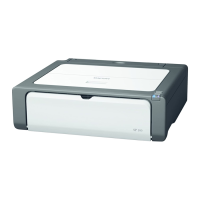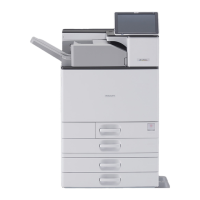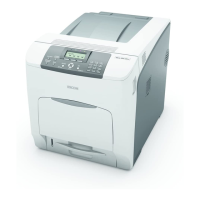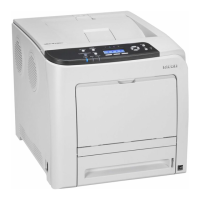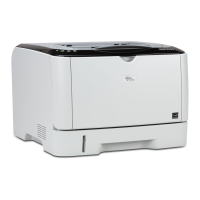6. In the [Select Program] window, select the check box of the printer driver you want to use.
You can select several printer drivers.
The PCL 6 printer driver is installed in the language specified by your operating system.
7. Click [Next].
8. Select the check box of the printer model you want to use.
The printer name can be changed in the Change settings for 'Printer Name' box.
9. Double-click the printer name to display the printer settings.
The details shown in [Comment], [Driver], and [Port] vary depending on the operating system, printer
model, and port.
10. Click [Port], and then click [Add].
11. Click [LPR Port], and then click [OK].
If [LPR Port] does not appear, see Windows Help and install it.
12. Enter the printer's IP address in the [Name or address of server providing lpd] box.
13. Enter "lp" in the [Name of printer or print queue on that server] box, and then click [OK].
The port is added.
14. Check that the port of the selected printer is displayed in [Port].
15. Configure the user code, default printer, and shared printer as necessary.
16. Click [Continue].
17. Click [Finish].
18. Click [Finish].
When you are prompted to restart your computer, restart it by following the instructions that appear.
• To stop installation of the selected driver, click [Cancel] before installation is complete.
•
A message appears if there is a newer version of the printer driver already installed. If there is, you
cannot install the printer driver using Auto Run. If you still want to install the printer driver, use [Add
Printer]. See p.51 "Messages Displayed When Installing the Printer Driver".
Installing the PostScript 3 printer driver
1. Close all applications except this manual.
2. Insert the CD-ROM into the CD-ROM drive.
The installer starts.
Auto
Run may not work with certain operating system settings. If this happens, launch "Setup.exe" on
the CD-ROM root directory.
Installing the Printer Driver for the Selected Port
17
